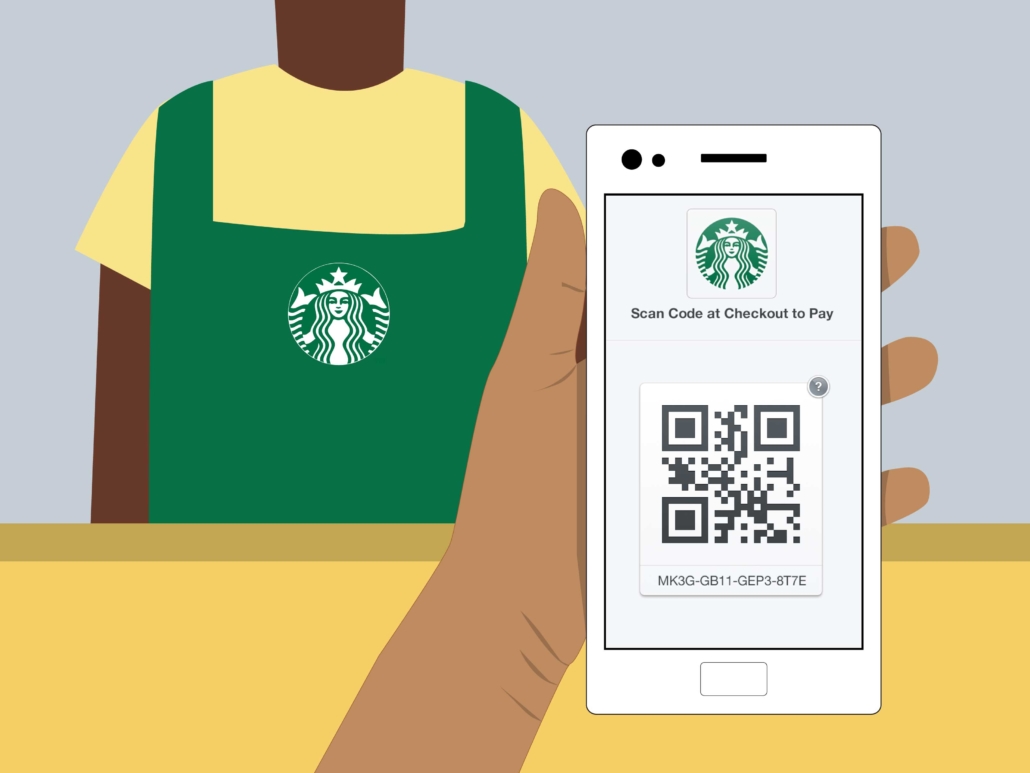Navigating Sustainability and Marketing in 2025
In 2025, sustainability has evolved from being a mere corporate buzzword to a core pillar of successful marketing strategies. Consumers are increasingly holding brands accountable for their environmental impact. In fact, 55% of consumers would sever ties with brands that fail to uphold green standards.
For marketers, this trend represents both a challenge and an opportunity: how can businesses balance growth objectives with the need to demonstrate genuine environmental responsibility? Here’s an exploration of how sustainability shapes marketing in 2025 and actionable strategies brands can adopt to stay ahead.
Why Sustainability Matters to Marketing 
Sustainability isn’t just about reducing carbon footprints—it’s about aligning with consumer values, enhancing brand reputation, and driving long-term loyalty. In digital marketing and advertising, these practices can be especially powerful in shaping consumer behavior and attitudes. Here are a few reasons why sustainability matters in marketing.
- Consumer Demand for Transparency
Modern consumers demand more than greenwashed promises; they want proof. Studies show that 64% of millennials are willing to pay more for environmentally responsible products. This demand for transparency reshapes how brands communicate their sustainability efforts, requiring detailed storytelling backed by measurable data. - Regulatory Pressures
Governments worldwide are implementing stricter sustainability regulations. Companies must now comply or risk reputational and financial consequences from extended producer responsibility laws to carbon offset mandates. Marketing teams are at the forefront of this shift, helping translate complex sustainability metrics into relatable, engaging campaigns. - Competitive Advantage
Brands that excel in sustainability gain a significant advantage over competitors. Sustainability-focused companies like Patagonia and IKEA have turned their eco-friendly initiatives into powerful differentiators. Marketing these efforts can help transform sustainability into a brand’s unique selling proposition.
 Key Sustainability Trends in Marketing
Key Sustainability Trends in Marketing
Successful marketing strategies go beyond surface-level green initiatives, focusing instead on the deep integration of sustainable practices throughout the brand’s operations and messaging. This evolution isn’t just about keeping up; it’s about setting the standard for environmentally responsible marketing in the modern era. To stay relevant in 2025, marketers need to embrace these emerging sustainability trends:
- Circular Economy Messaging
The circular economy emphasizes reusing, repairing, and recycling to extend product lifespans. Brands are increasingly incorporating this model into their narratives. For instance, Nike’s “Move to Zero” campaign highlights their commitment to creating products from recycled materials. - Carbon-Neutral and Net-Zero Claims
Carbon neutrality has become a badge of honor. Brands can achieve this through renewable energy initiatives, sustainable packaging, and offsetting emissions via tree-planting programs. However, marketers must help ensure verified certifications back these claims to avoid greenwashing accusations. - Localized Sustainability Campaigns
Global sustainability goals often manifest differently across regions. Successful marketers tailor their campaigns to reflect local environmental concerns, such as water conservation in arid regions or biodiversity protection in forested areas. - Digital Sustainability
The digital realm isn’t exempt from sustainability scrutiny. Companies are optimizing digital campaigns to reduce energy consumption, leveraging green web hosting, and adopting eco-friendly technologies in their marketing tech stacks.
Building a Sustainable Marketing Strategy 
To integrate sustainability into your marketing approach effectively, consider these actionable steps:
1. Conduct a Sustainability Audit
Assess your brand’s environmental impact across every stage of the value chain. Identify areas for improvement, from sourcing materials to product disposal, and use this data to inform your marketing campaigns.
2. Develop a Clear Sustainability Narrative
Storytelling is crucial. Create a compelling narrative that outlines your brand’s sustainability journey, challenges, and milestones. Share these stories authentically through blogs, videos, and social media.
3. Leverage Green Certifications and Labels
Partner with reputable organizations to obtain certifications like Fair Trade, Energy Star, or LEED. These endorsements lend credibility to your sustainability claims and help resonate strongly with eco-conscious consumers.
4. Collaborate with Eco-Influencers
Influencer marketing has grown significantly; in 2025, eco-influencers will drive sustainable behaviors. Partner with thought leaders who align with your brand values to help amplify your message.
5. Utilize Data-Driven Marketing
Harness data to measure the effectiveness of your sustainability campaigns. Tools like Google Analytics 4 and AI-powered dashboards can track consumer engagement, ROI, and carbon savings metrics to help ensure your marketing aligns with sustainability goals.
6. Focus on Green Content Marketing
Educational content about sustainability trends, eco-friendly tips, and industry innovations positions your brand as a thought leader. Blog posts, whitepapers, and webinars can deepen engagement and help build trust with your audience.
 How to Overcome Challenges
How to Overcome Challenges
While the push for sustainability in marketing opens doors to innovation and consumer trust, it also presents unique challenges that can be difficult to navigate. From balancing budget constraints to combating consumer skepticism, brands face several hurdles as they strive to align their marketing practices with environmental goals. Here’s how to address these common challenges:
- Greenwashing Accusations
Transparency is key to avoiding greenwashing. Avoid making vague claims like “eco-friendly” without specifics to back up that claim. Instead, provide data, certifications, and case studies to help substantiate your efforts. - Balancing Cost and Impact
Sustainable initiatives often have higher costs. To mitigate this, identify low-cost, high-impact solutions, such as transitioning to digital campaigns instead of print or partnering with eco-conscious suppliers. - Navigating Consumer Skepticism
Engaging with consumers can overcome skepticism. Conduct Q&A sessions, publish behind-the-scenes content, and actively involve your audience in sustainability efforts, such as crowdsourcing ideas for eco-friendly products.
How Onimod Global Can Help
At Onimod Global, we understand the intersection of sustainability and marketing. Our team of digital marketing experts can help by creating data-driven strategies that align with your brand’s environmental values. Whether it’s optimizing your digital footprint, crafting authentic narratives, or leveraging cutting-edge analytics, we help you turn sustainability into a competitive advantage. Here’s how we can help:
- Data-Driven Approach: We analyze consumer behaviors and industry trends and create digital marketing campaigns that resonate with your audience.
- Innovative Solutions: From programmatic advertising to SEO, we use the latest tools to help amplify your message.
- Proven Results: With years of industry experience, we’ve helped businesses achieve measurable growth while staying true to their values.
The Future of Marketing Is Sustainable
In 2025, sustainability is no longer optional—it’s essential. Brands prioritizing environmental responsibility contribute to a healthier planet and position themselves as leaders in a rapidly evolving market. By adopting transparent practices, leveraging technology, and crafting impactful content, your business can thrive in this new era of conscious consumerism. Are you ready to align your marketing strategy with sustainability?
Contact Onimod Global today to start your journey toward a greener, more sustainable future.
Q&A: Your Sustainability and Marketing Questions Answered
Q: How can small businesses afford to adopt sustainable marketing practices?
A: Small businesses can start by implementing cost-effective changes, such as reducing paper usage by going digital, partnering with local eco-friendly vendors, and repurposing existing materials for marketing campaigns. Grants and incentives for sustainability initiatives are also available in many regions, which can help offset costs.
Q: What are some tools to measure the impact of sustainability in marketing?
A: Tools like Google Analytics, carbon footprint calculators, and customer sentiment analysis software can help track the effectiveness of sustainability campaigns. Additionally, platforms such as CDP and EcoAct can assist in measuring environmental impact across operations.
Q: How do I engage customers in my sustainability efforts?
A: Involve your customers by creating interactive campaigns, such as social media challenges, crowdsourced ideas for eco-friendly products, or donation-matching initiatives tied to sustainable causes. Encourage feedback and showcase customer participation to build a sense of community.
Q: Is it worth transitioning to carbon-neutral digital marketing efforts?
A: As digital operations contribute significantly to carbon emissions, transitioning to carbon-neutral practices demonstrates your brand’s commitment to sustainability. Use green hosting services, optimize campaigns to reduce energy usage, and highlight these efforts in your marketing to build trust with eco-conscious consumers.
Q: How can I market sustainability without alienating less eco-conscious customers?
A: Focus on messaging that highlights the broader benefits of sustainability, such as cost savings, improved product quality, and community support. Use inclusive language and emphasize how these efforts contribute to a better future for everyone, not just environmentally focused individuals.



